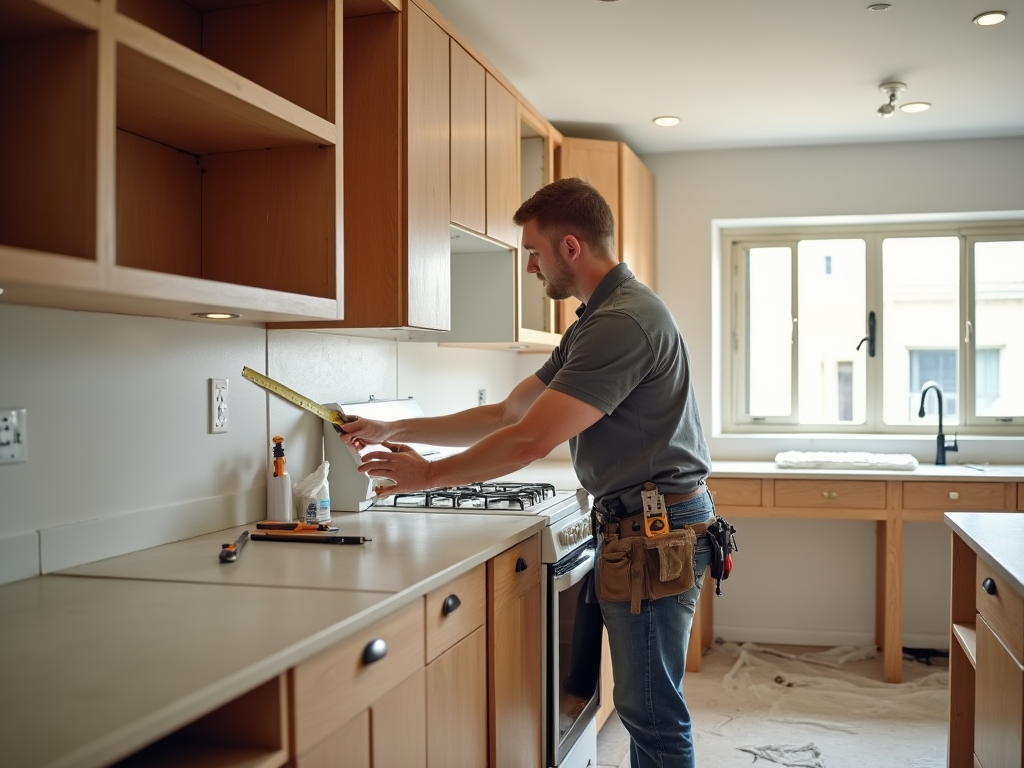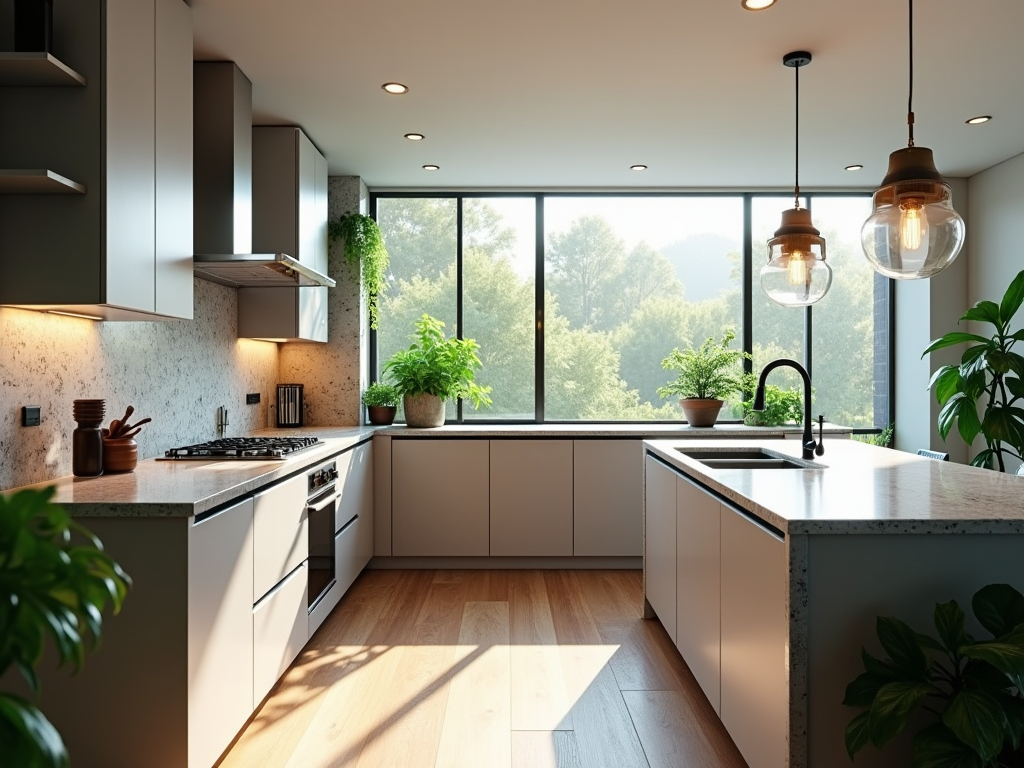Remodeling your kitchen can be an exciting yet overwhelming venture. The transformation promises a fresh, modern space that caters to your cooking and dining needs, enhancing both functionality and aesthetic appeal. However, certain factors can determine the success of this project. By navigating these 13 potential pitfalls or enhancements, you can ensure your kitchen remodel is a success rather than a regret-filled endeavor.
1. Budget Planning

Without a well-structured budget, a kitchen remodel can quickly spiral out of control financially. Before you start, determine what you can realistically afford, keeping in mind potential unexpected expenses. This planning phase should include research into the cost of materials, labor, and permits. A solid budget acts as a roadmap, ensuring that you don’t overspend or cut corners on important features. Create a detailed ledger of expected costs and keep track of all expenses diligently. You should also allocate around 10-15% of the overall budget for unforeseen contingencies. Ignoring this can lead to halts in your project if costs exceed estimates.
2. Understanding Your Needs and Wants

Distinguishing between your needs and wants will help prevent lavish spending on unnecessary features. It’s imperative to prioritize the essential components first, like durable countertops, cabinetry, and proper lighting. Make a list of must-haves and desirable elements, ranking them in order of importance. Work closely with your contractor or designer to identify which areas offer room for creativity or compromise. By focusing on what truly matters, you avoid future regrets about overlooked essentials. This understanding forms the backbone of your remodeling project, guiding design decisions effectively.
The materials you choose significantly influence both the look and longevity of your kitchen. Consider durability, maintenance requirements, and aesthetics when deciding between materials for countertops, flooring, and cabinetry. Common options include granite, quartz, and laminate for countertops, each offering varying pros and cons. Floors can be designed from tile, hardwood, or vinyl considering foot traffic and spill resistance. Quality materials often translate to higher initial costs, but they are an investment in the kitchen’s longevity and appearance. Making informed choices prevents premature wear and the need for early replacements.
4. Utilizing Space Efficiently
Efficient use of space is crucial in any kitchen, regardless of size. Progressive kitchen designs utilize smart storage solutions such as pull-out pantries, corner carousels, and custom cabinetry that maximize functionality. Consider the “kitchen triangle” principle, which optimizes the placement of the sink, stove, and refrigerator. Every inch should serve a purpose, minimizing clutter and creating a streamlined environment for cooking and entertaining. Engineers and designers can offer advanced solutions for small spaces that maintain utility without sacrificing style. Prioritizing functionality leads to a kitchen that embodies efficiency and ease of movement.
5. The Value of Professional Help
Tackling a kitchen remodel independently might seem cost-effective, but it often results in overlooked details and costly errors. Professional designers and contractors bring expertise and experience, ensuring high standards and compliance with regulations. By hiring professionals, you benefit from their access to quality materials and subcontractors, saving time and reducing stress. Create a shortlist of potential candidates; then conduct interviews, assess portfolios, and check references before making a decision. Quality professionals can turn your visions into reality, preventing technical mishaps and ensuring the remodel is executed to perfection.
- Budget Planning
- Understanding Your Needs and Wants
- Selecting the Right Materials
- Utilizing Space Efficiently
- The Value of Professional Help
Conclusion
Embarking on a kitchen remodel involves a myriad of considerations, but by focusing on these 13 critical areas, you can dramatically enhance the outcome. From meticulous budget planning and need assessment to expert material selection, space utilization, and professional collaboration, each decision contributes to the project’s overall success or failure. A thoughtful approach yields a harmonious kitchen that blends design with functionality, ultimately elevating the heart of your home. Equip yourself with knowledge, and enjoy the transformation of your kitchen space.
Frequently Asked Questions
1. How long does a typical kitchen remodel take?
This depends on the scale of the remodel. Minor updates could take a few weeks, whereas a complete overhaul might span several months.
2. Can I live at home during the kitchen remodel?
Yes, but be prepared for disruptions. Setting up a temporary kitchen and planning meals ahead can alleviate inconveniences.
3. What should be included in a kitchen remodel contract?
Ensure the contract includes timelines, payment schedules, project details, materials specifications, and warranty information.
4. How can I save money on a kitchen remodel?
Prioritize DIY tasks within your skillset, keep existing layouts, and shop smartly for materials and fixtures.
5. Are permits needed for a kitchen remodel?
Some remodel elements require permits, such as structural changes or altering plumbing and electrical systems. Consult local regulations.
